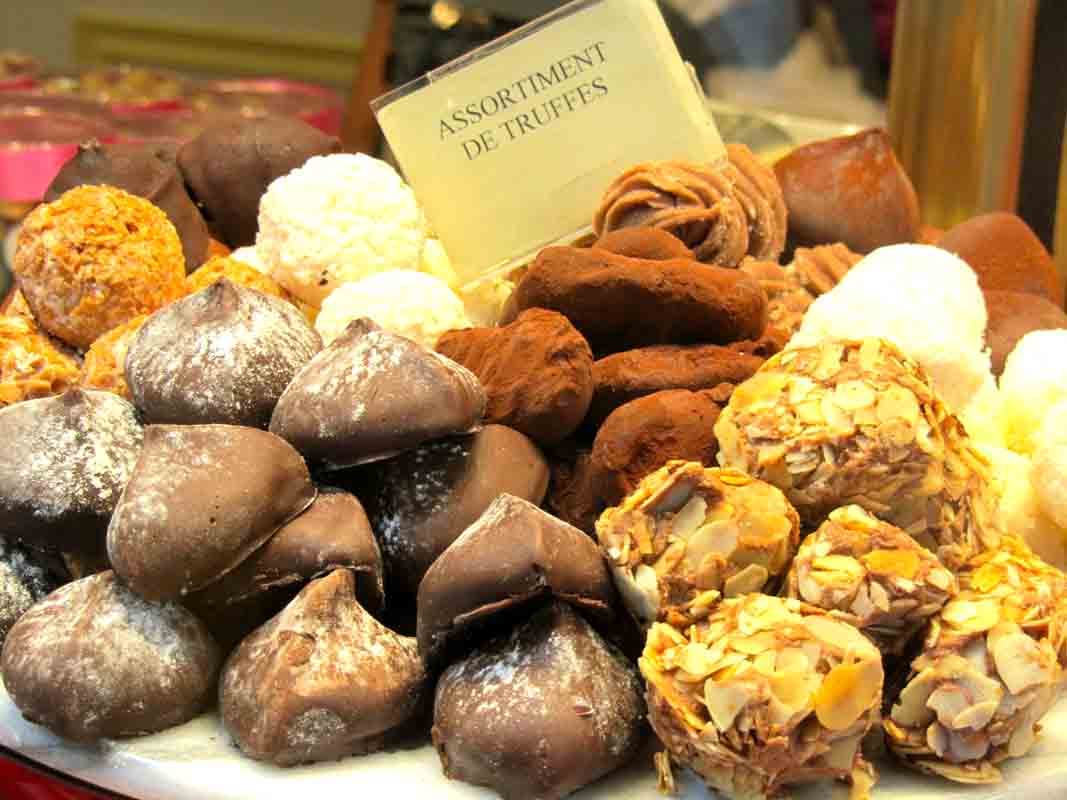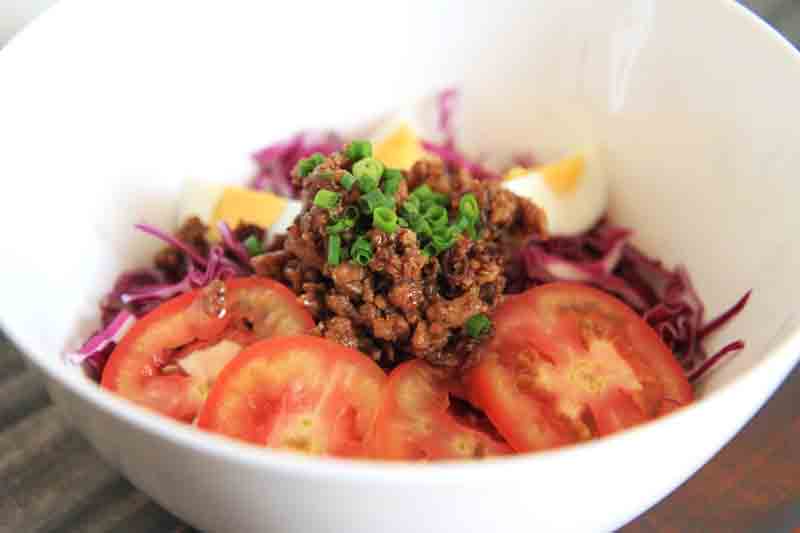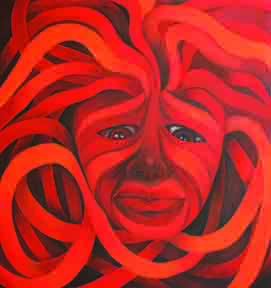Noticed how hot it’s been recently? Suddenly, grabbing a bite to eat in your local market doesn’t seem so appealing; the heat increases with every step into the furnace. Luckily for you, you’ve stumbled upon a list of some of the hottest (in the ratings sense of the word) places to grab a pastry and a coffee in Phnom Penh. Forget where you are for a few minutes and enjoy the light breeze or conditioned air.
The Shop, #39 Street 240:
It may be obvious to anyone who has lived in Phnom Penh for more than a month, but the Belgian-run café bearing the postmodern name The Shop is one of the most popular places to pick up a pastry and quality roast. Its popularity is thoroughly deserved: the pastries are freshly baked, generous in size and fair in price. Coffees are some of the most reasonably priced in the city, cheaper than most major brands.
There’s no wifi in The Shop, which means that eating here constitutes a genuine break from work, from Gmail, from Facebook. Take a book and sit alone, assured that you can do nothing but read during your escape from the office. If there’s just no time, don’t feel guilty about grabbing your drink or lunch to take away because, unlike most other institutions, the packaging here is biodegradable.
Will’s Brunch Café, #23 Street 294:
Recently opened, Will’s Brunch Café lords it in one of the fastest developing areas of the city, just east of Norodom Boulevard towards the White Building. Sitting alongside the new Vego’s, opposite a vintage clothing shop and a wine bar, it’s one of the many places popping up in Tonle Bassac which can make you forget where you are.
Walking in feels like entering a café in provincial South England. Yes, that is remarkably specific but you will know what I mean. Décor is ’70s-inspired and the menu is extensive, but not to the degree that you lose faith in the quality. Each dish is inspired by geographical location. So actually, you could be anywhere in the world, including here.
Pastries are freshly made on the premises and the coffee is some of the best in town. Prices aren’t cheap, but the feeling you’ve escape the city – even if just for a moment – is priceless.
Nak Louk Nom Pang, everywhere:
The travelling bread and pastry sellers, who can be found pretty much anywhere, are convenient and cheap: expect to pay less than a dollar for sweet bread. They may not have seats or air con, but for pastry that passes right by your door, you can’t get that service for less than $5 from most coffee houses. However, make sure you know what you’re ordering or be adventurous. You might bite into your baguette to find it’s filled with something unrecognisable.
The Coffee House, #82 Street 155:
Cambodian-owned café The Coffee House is located in the Toul Tom Pong (Russian Market) area of the city. Fast-becoming one of the hotspots for local and small independently-run businesses, The Coffee House and its partner bar, Apros Pub, are established drinking houses for Russian Market locals. The Coffee House offers a much-desired break from the intense, sweltering heat of the dining area in the belly of the Russian Market. The menu is limited, but the pastries are wonderful and very reasonably priced, particularly the muffins, which make a great breakfast-on-the-run.


